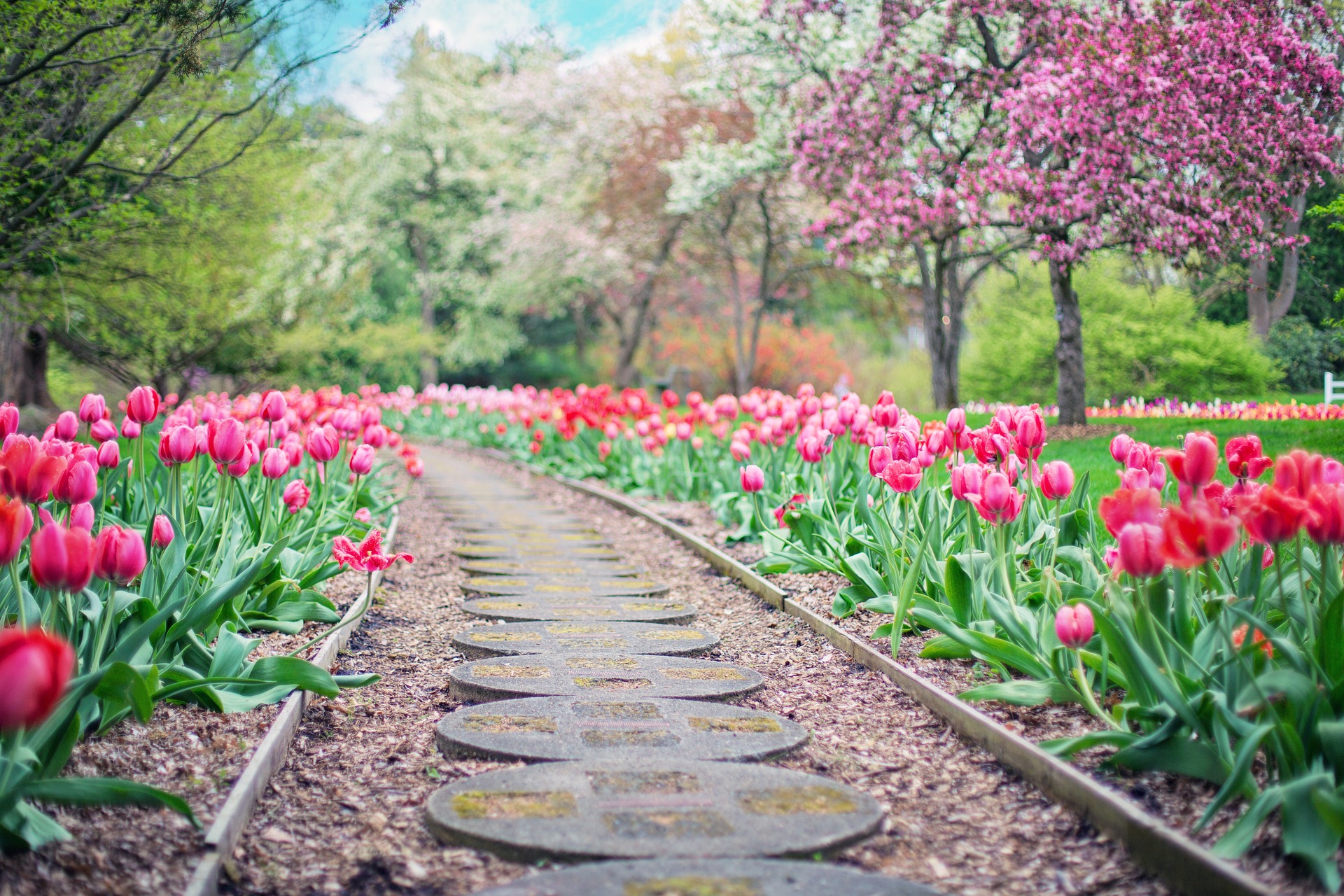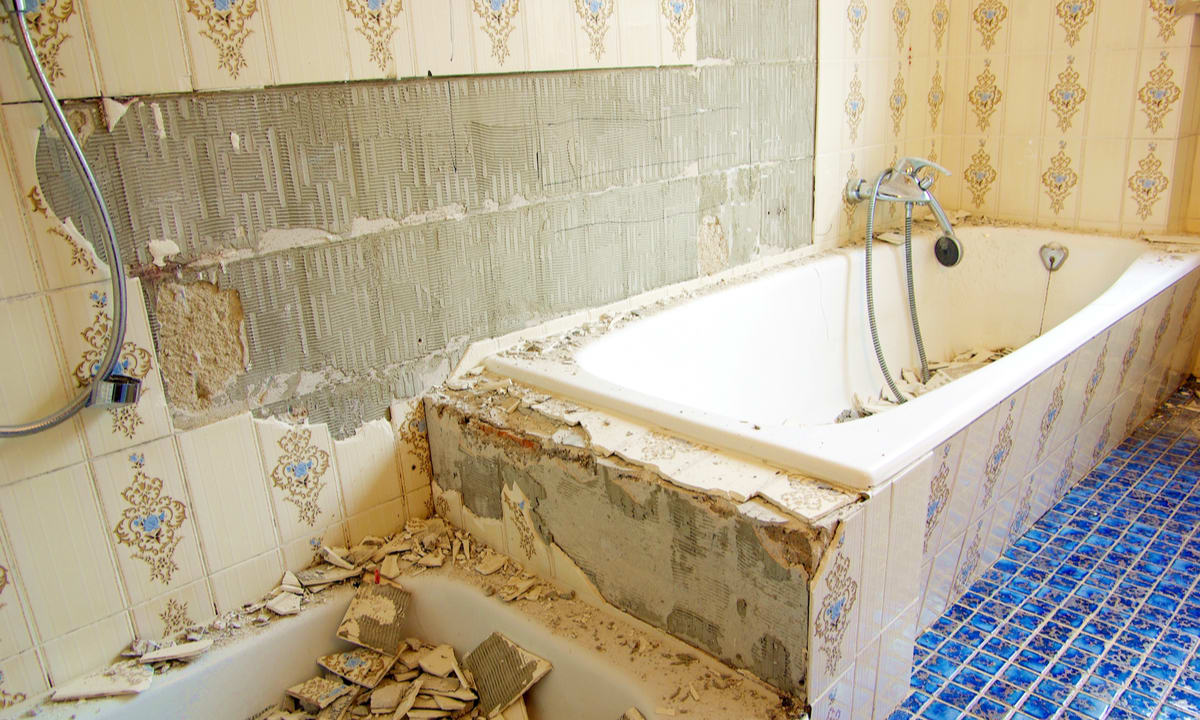"Transforming Spaces: The Rise of Multifunctional Design in Homes"
Introduction: In the rapidly changing landscape of modern living, the demand for flexible and efficient spaces has sparked the rise of multifunctional design in homes. This stylistic evolution is revolutionizing how we perceive and utilize our living spaces, offering a remarkable blend of aesthetics, functionality, and convenience. This article explores the emergence of multifunctional design, its current trends, and its significant impact on our daily lives.

Multifunctional Design: A Historical Perspective
The inception of multifunctional design can be traced back to the mid-20th century when urbanization and population growth led to a scarcity of living spaces. Architects and interior designers began to innovate, creating furniture and spaces that served multiple purposes to maximize functionality. This trend continued into the 21st century, with the advent of technology further fueling its growth.
Current Trends in Multifunctional Design
Today, multifunctional design is no longer just about practicality—it has evolved into a full-fledged design movement. Key trends include transformable furniture, like beds that convert into desks or sofas that transform into storage units. Another significant trend is the creation of adaptable spaces, such as living rooms that double as workspaces or kitchens that serve as informal dining areas.
The Practicality of Multifunctional Design
Multifunctional design is not just a stylistic choice—it offers practical solutions for modern living. With remote work and online schooling becoming norms, homes have to cater to a wide range of activities. Multifunctional design allows for this flexibility, enabling spaces to adapt to our changing needs.
Market Trends and Daily Living
The market for multifunctional furnishings and designs is growing rapidly. Consumers increasingly value flexibility and efficiency, driving demand for multifunctional solutions. This trend is enhancing daily living by creating spaces that are comfortable, adaptable, and aesthetically pleasing.
The Future of Multifunctional Design
As we continue to navigate the complexities of modern life, multifunctional design is poised to play an even more critical role. By merging aesthetics, functionality, and adaptability, it offers a comprehensive solution to the evolving needs of homeowners.
In conclusion, multifunctional design is reshaping our living spaces in profound ways. It exemplifies the incredible capacity of design to adapt and evolve, reflecting and catering to our changing lifestyles. As we move forward, this innovative design movement promises to continue transforming our homes, making them more efficient, adaptable, and enjoyable.




